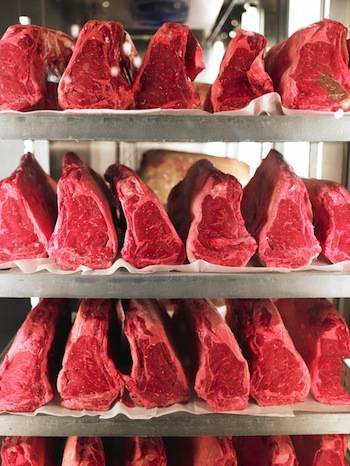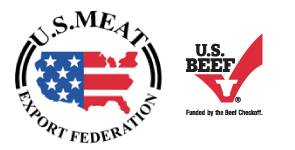Dry Aging
Aging is a natural process that improves the tenderness of beef, especially in cuts from the Rib and Loin. Most tenderization occurs within the first 7 to 10 days of the aging process when natural enzymes in beef break down connective tissue in the muscle fibers to concentrate the flavor. There are two methods for aging beef: wet and dry.
Wet Aging
This is the most common method of aging used today. Wet aging primarily improves tenderization and takes place in airtight sealed bags under refrigerated conditions. This method minimizes spoilage.
Dry Aging
Beef (without covering or packaging) is placed under refrigeration with humidity-controlled conditions. In addition to tenderizing, dry aging adds a unique brown-roasted beefy flavor. Dry aging is not widespread because it is a more complex and expensive method.

